The Italian flag is our fourth quiz on this blog. We hope you enjoy learning while having a bit of fun.
This post contains affiliate links that help keep this website running. By purchasing through our links, we make a small commission at no extra charge to you. Thank you for your support!
The Italian Flag color is a complicated subject. Here is some interesting information before we get into the quiz… four Italian flag color facts that might surprise you.
- Some think the flag is based on military origins of Milan (red and white) and the Milanese Civic Guard (green).
- Then there’s also a religious interpretation whereby the colors represent three virtues: hope (green), faith (white), and charity (red).
- Or that the colors carry idealistic significance: green for freedom, white for faith and purity, and red for love.
- But then I found that Italians prefer a more romantic explanation. This is the most popular belief and what has become the accepted fact. The colors represent the country itself. Green for the plains and hills. White for the Alps and other mountain regions, and red for the blood shed in the Italian wars of independence.
It is interesting to note that the Italian flag’s official colors were only standardized in 2004—over two centuries after the flag first waved in the wind! The official hues are fern green: Hex color #009246, , brilliant white: Hex color #F4F5F0, and scarlet red: Hex color #CD212A.
So… which interpretation is correct?
I guess it’s up to you to choose.
Let’s start the quiz… Answer the eleven questions below to get your score. Consider sharing and challenging your friends and family to beat your score!
Good luck! In bocca al lupo!
The Italian Flag Quiz
After you take the quiz… come back here for additional fun facts
Question 1: The Italian flag was born on January 7, 1797. 64 years before Italy officially became a unified country in 1861.
Question 3: If you were betting on Rome as the birthplace of the Italian flag, I guess you were surprised! As you can imagine, the flag’s adoption in such a context carried a profound meaning. It served as a powerful symbol of pride and identity. This ignited those ideals that would later fuel the movement for Italy’s unification.
Question 4: This was the official state flag of Italy used by Italian armed forces during WWII. The tri-color flag with the emblem of the former Royal House of Savoy was the first national flag. It lasted for 85 years until the birth of the Italian Republic in 1946.
Question 5: The Italian flag has some French genes in its DNA. Not only was the context in which the flag was born influenced by France. More precisely, it is inspired by the three colors adopted during the French Revolution. These colors became a powerful symbol of freedom.
Question 6: The flags of Italy and Mexico share similar color schemes. Both flags feature the colors green, white, and red. It is the arrangement and symbolism of the colors that differ between the two flags.
Question 7: Margherita Pizza is known for its ingredients, representing the Italian flag’s colors. These ingredients include red tomato sauce, white mozzarella, and fresh green basil.
Question 8: When it was first created in 1797, the Italian flag had horizontal bands, with red at the top. Centered amidst these bands were the initials of the republic, R and C (Repubblica Cispadana).
Over the years, the arrangement of the colors underwent various transformations. Then, in 1848, the House of Savoy adopted a version with vertical stripes featuring the emblem of their royal house at its center, encircled by light blue. This flag remained in use following the unification of Italy in 1861 and up to 1946. Nevertheless, the significance of that light blue color remained very important for Italy.
Question 9: At that time, the colors were horizontal.
Question 10: The reason takes us back to 1911 when the Italian national soccer team, during a match in Milan against Hungary, took to the field with a light-blue jersey as a tribute to the Savoys – the reigning dynasty of Italy at the time, who had light blue in their banner.
Since then, light blue has remained the color of the national football team and taken hold in other sports until it became the official color of Italian sport—except for that brief black jersey phase during Mussolini’s era.
Oh, and about that match against Hungary? The Italians may have lost 0-1, but they sure looked stylish in those light-blue jerseys!
Question 11: The St Andrew’s Cross or Saltire is Scotland’s national flag. Tradition has it that the oldest flag in Europe originated in a battle fought close by the East Lothian village of Athelstaneford in the Dark Ages, believed to have been 832AD. Austria was in 1230, and Denmark in 1307.




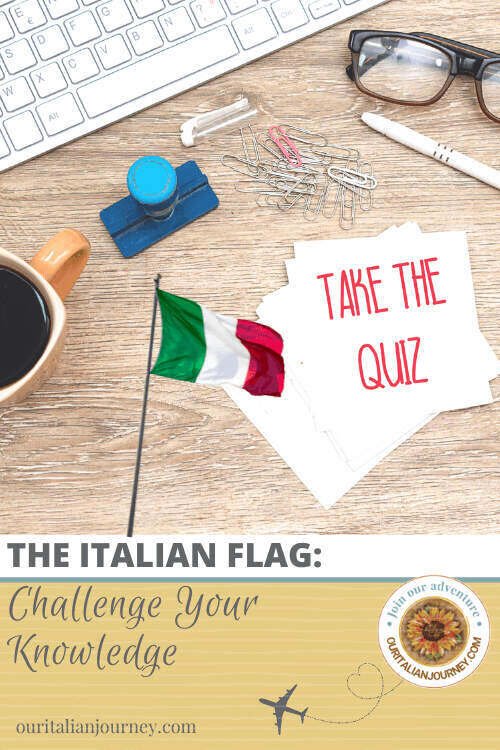

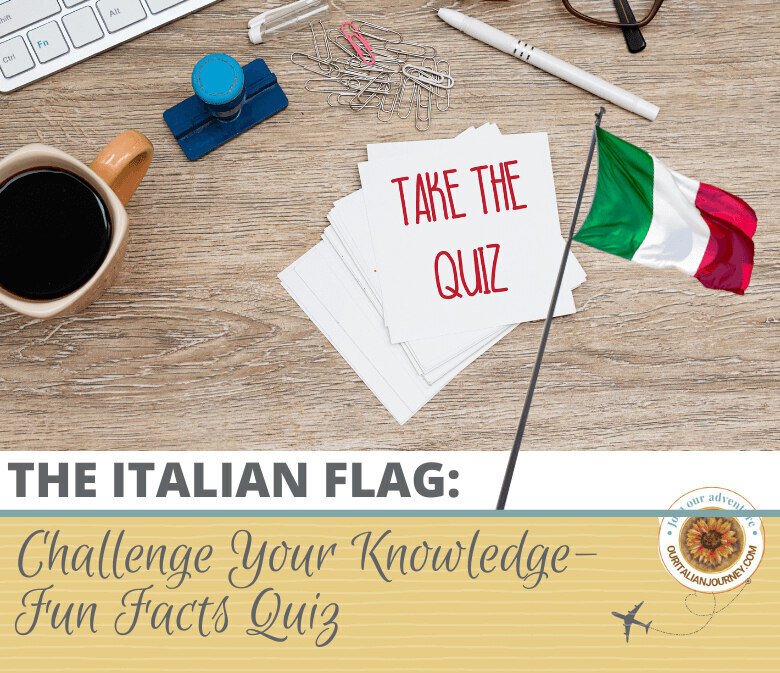
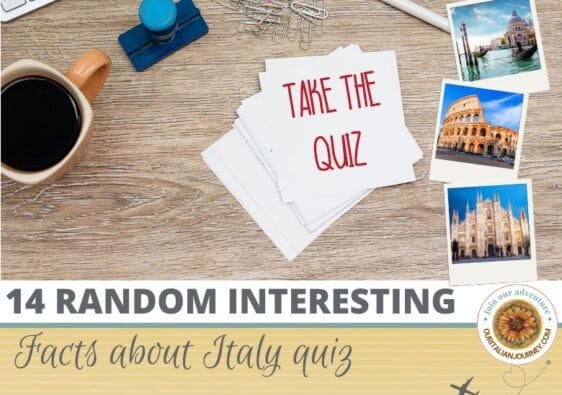

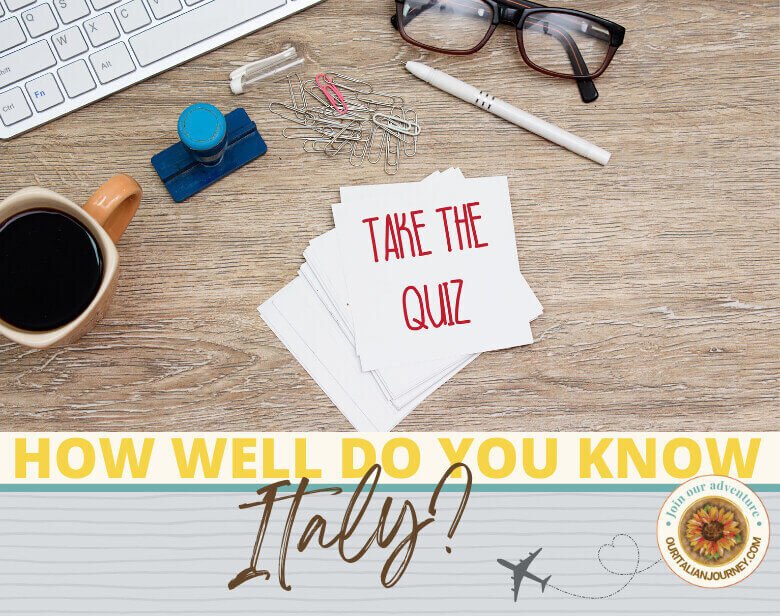
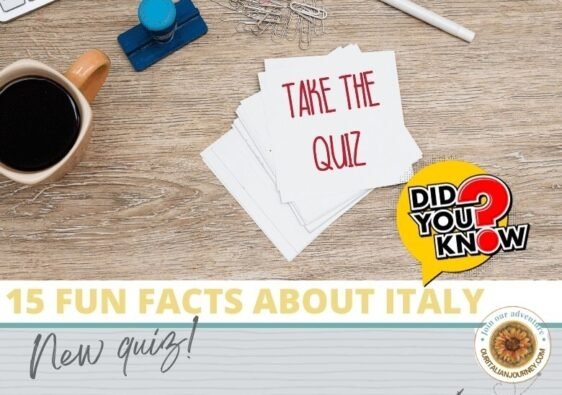
Are you certain that the three flag colors don’t represent pesto, Alfredo, and marinara sauces? 🇮🇹🍝😂
Very cute Tom! It could very well in some households! Hope you scored well!
Fun quiz! Once again I learned a lot. Grazie!
Thanks Teresa! It’s a fun way to learn.
Not very well apparently!
Upppsss – sorry. But you did learn something, si?